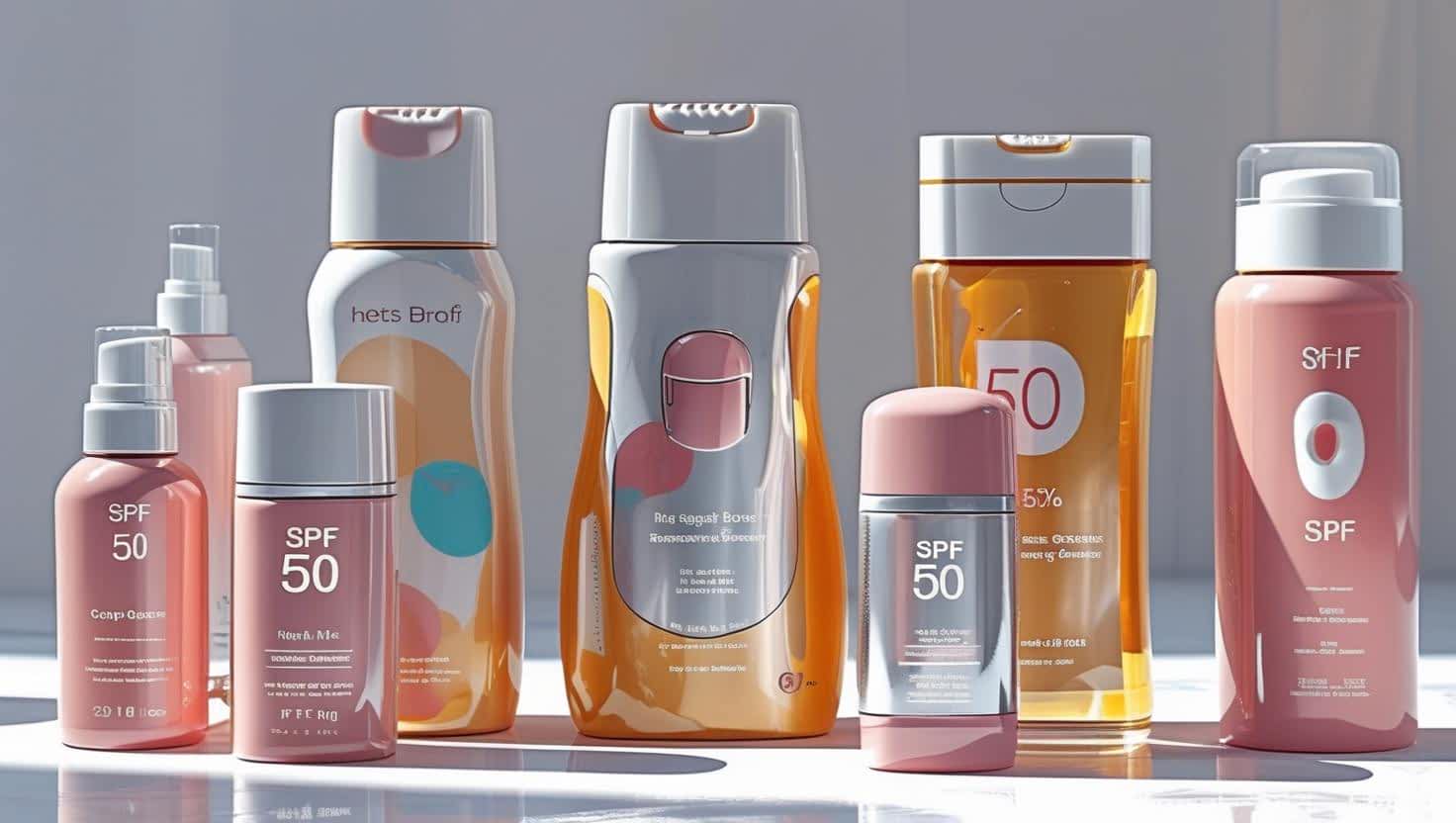Sun Care

The sun hits harder when you’re in cancer treatment. These quick tips will help you to stay safe and healthy whether you're outside or enjoying a sunny day in front of a window.

Why Sun Protection Really Matters During Treatment
The sun can mess with your skin any time of the year, but if you’re going through cancer treatment—like chemo or radiation—it’s a bigger deal. Some meds and treatments make your skin extra sensitive, which means you can get sunburned way easier, and the damage can be worse.
Sun Safety During Radiation Treatment
If you’re getting radiation, it’s best to keep the treated area completely out of the sun. In fact, don’t put anything on that area—not even sunscreen—unless your radiation doctor says it’s okay. The skin around the treatment site is super delicate and can get hurt easily, so always double-check with your doctors/nurses first.
Everyday Sun Protection Tips (Even If You’re Not in the Sun Much)
Here’s how to protect your skin like a pro:
Use broad-spectrum sunscreen for your face (SPF 30 or higher). Look for one that blocks both UVA and UVB rays.
Cover up every exposed spot—your lips, ears, scalp (especially if you’ve lost hair), neck, chest… all of it. You want A LOT – think a golf-ball-sized amount.
Make sunscreen part of your morning routine—put it on about 20–30 minutes before you go outside
Reapply every two hours, especially if you're sweating or outside for a long time
Shade doesn’t block UV rays—you can still get sun exposure even if you’re chilling under a tree or umbrella
Try to stay indoors during peak sun hours: 11 a.m. to 4 p.m. And remember, UVA rays go through windows, so indoor sun isn’t totally safe either.
Rock a hat – The best kind is one with a wide brim (about 3 inches) to protect your face and neck
The Difference Between UVA and UVB Rays (Why It Matters)
- UVA rays go deep into your skin. They cause fast tanning, wrinkles, and can lead to skin cancer. Most UVA rays (about 95%) get through the ozone layer.
- UVB rays hit the surface of your skin and cause sunburns. They’re also a major cause of skin cancer. The ozone blocks most UVB rays, but some still get through.
Source: Health Canada
You’re not alone in this.
Connect with others who get what you’re going through in our Teens Workshop.
Let’s navigate this together
Join a community that understands. Receive expert advice, useful resources, and compassionate tips throughout your cancer journey in the LGFB newsletter